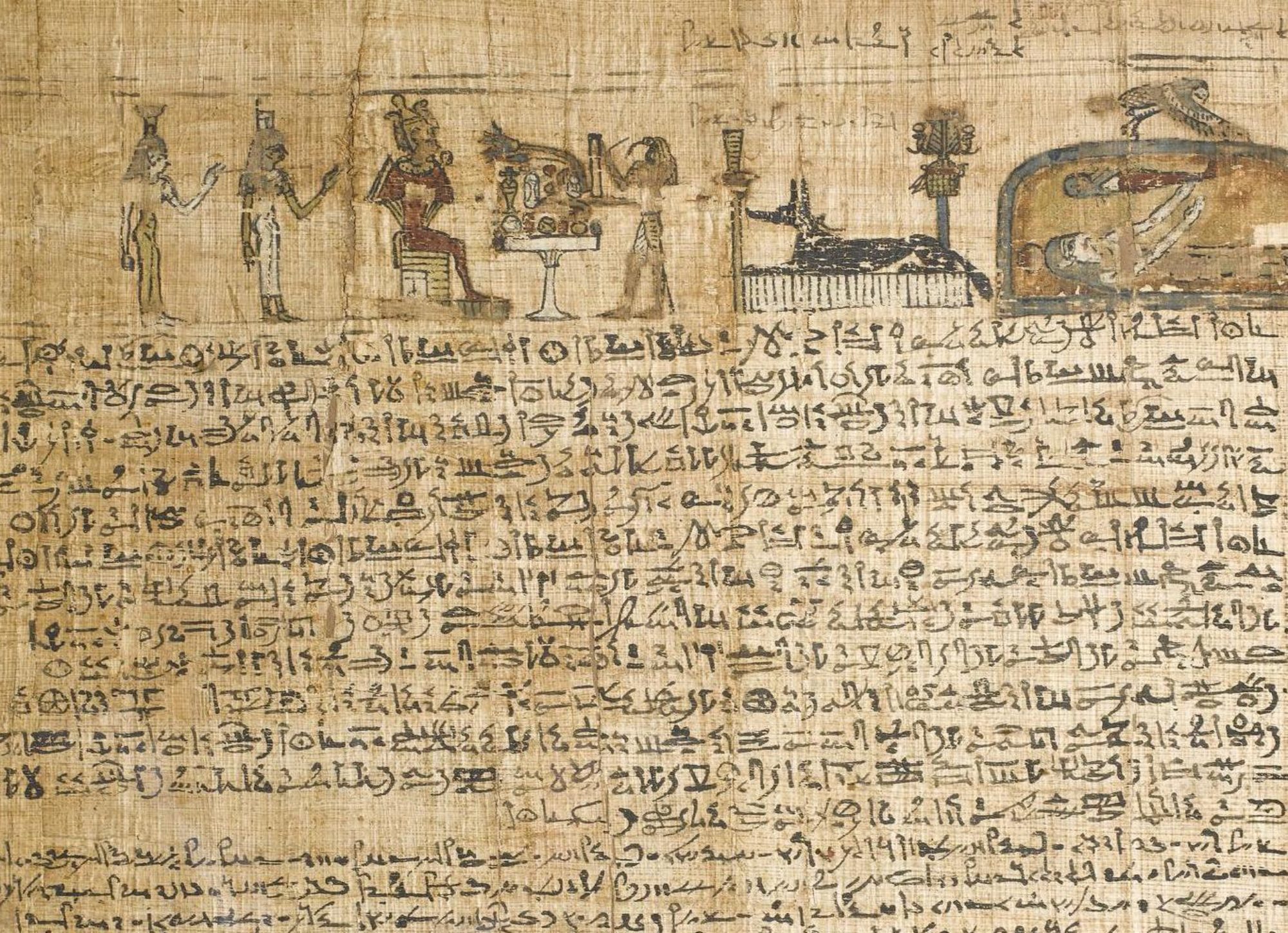I really love when a certain word has dual related meanings that reveal the way people understand certain concepts and make associations between them. I mean not just homonyms that sound the same, but ones that actually have a deeper connection between their different meanings. They’re called polysemes. An example in English would be ‘mole’, meaning both an underground animal, and a person who goes undercover. Another amusing example can be found here.
My favourite Egyptian example of polysemy is the word Å¡di. It is written like this:

with a sign representing a water skin- the phonetic symbol for the sound ‘shed’, with an alphabetic ‘d’ sign- a hand, and then a breast sign serving as a determinative for the overall meaning. As the breast symbol suggests, the word means ‘to suckle’ or breastfeed a young child. It’s alternate meaning, which obviously derives from the original, is ‘to educate. Instead of meaning to nourish a young body with milk, it means to nourish a young mind with knowledge. It’s a beautiful parallel and gives us an insight into the importance literate Egyptians gave to educating their children.
Here are a couple of examples of the word being used in both contexts:
These ones are captions from the temple decorations at Karnak from the reigns of Hatshepsut and Thutmosis III, which show the Pharaoh being addressed by the goddesses of Upper and Lower Egypt, who were the symbolic mothers of the divine king of the Two Lands.
The first one records the speech of the vulture goddess of Upper Egypt, Nekhbet, to the Pharaoh:

Which is transliterated as:
ink mwt.k bnr mrwt
šd.n tw m nḫn.k
And translates as:
‘I am your beloved mother,
Who nursed you in your youth.’
This is the speech of the cobra goddess of Lower Egypt, Wadjet, to the Pharaoh:

Transliterated as: šd.n tw m irṯt.i
Which means: ‘I suckled you with my milk’.
The next one is from the inscription on the false door of Ptahshepses’ mastaba at Abusir, vizier to Niuserre, a king of the Fifth Dynasty:

Which describes Ptahshepses as one: ‘whom he educated among the king’s children in the palace of the king, in the Residence, in the king’s harem, who was more honoured before the king than any child, Ptahshepses.’
While our versions of these words don’t have the same nuances, English does make a similar connection between nourishment and knowledge, in such expressions as ‘to chew things over’, ‘to ruminate’ and of course, ‘food for thought’, and such verbal associations colour the way we think. šdi is yet another wonderful word that sheds a little light on how the Egyptians thought.

Alma Mater… The word ‘alma’ is also polysemic in an interesting way when derived from Arabic.
Surely there must be an etymological connection between ‘mwt’ and ‘mother’ (Greek μητηÏ, German ‘mutter’)?
Given that the ancient Egyptians routinely wrote the determinative for ‘nrt’ when referring to their mothers, does that say anything about the way they saw things? Is there anything polysemic about it?
Voracious reader… swallowing a dictionary (let’s hope it’s not Erman & Grapow)…